Abundance: common
What: leaves
How: cooked, tea, smoked
Where: yards, landscaping, fields, sunny,
When: spring, summer
Nutritional Value: vitamins
Dangers: beware of harvesting from soils treated with pesticides.
Medicinal Summary
Leaves - fever reducer, antimicrobial, cough suppressant, reduces respiratory issues (tisane, smoke)
Lots of frog fruit.
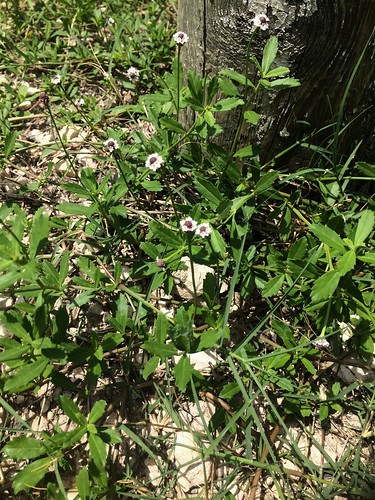
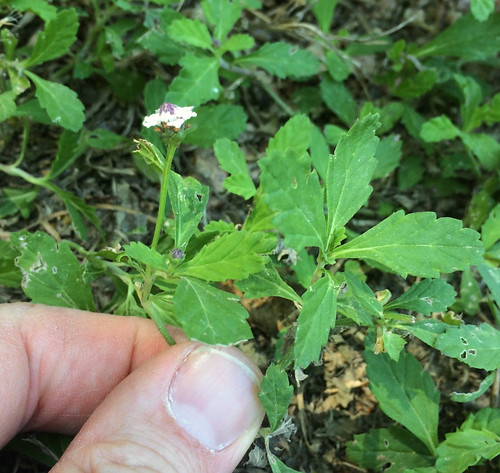
Frog fruit leaves.
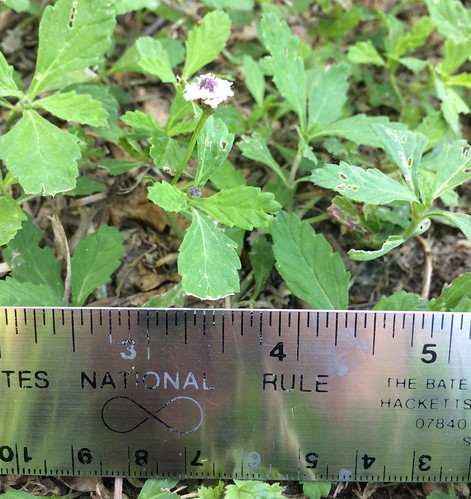
Close-up of frog fruit's flower cluster.
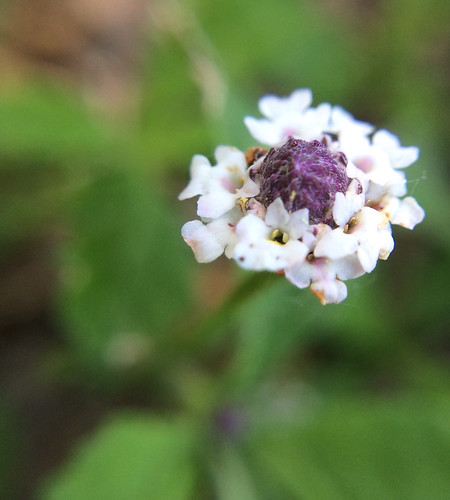
Texas distribution, attributed to U. S. Department of Agriculture. The marked counties are guidelines only. Plants may appear in other counties, especially if used in landscaping.
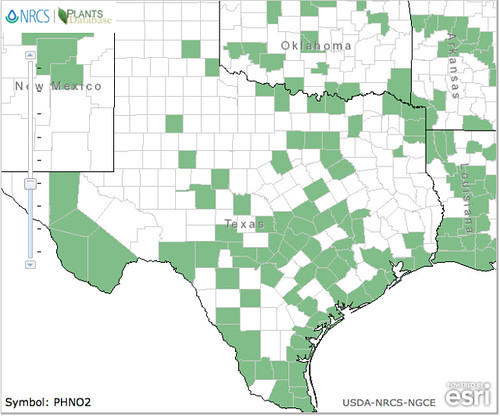
North American distribution, attributed to U. S. Department of Agriculture.
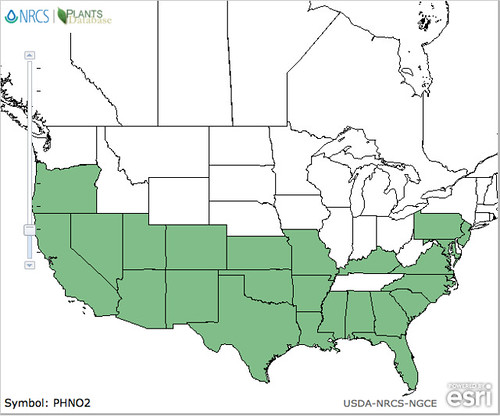
I really don't know why frog fruit has this name, though the flower clusters do look kind of like tiny pineapples. This common, summertime weed seems to like sunny, grassy areas and disturbed locations. In these places it can form thick mats, shot through with a few other low weeds and grasses. Its tough leaves have pointy-toothed edges and a pinnate vein pattern. Stems are tough and somewhat rough. Because of its durable, drought resistant nature it is becoming popular in landscaping.
While the cooked leaves are edible, their texture and grass-like flavor isn't all that great. A more common use is to make a tea or smoked. Used in these manners, frog fruit is believed to offer relief from fevers, coughs, and other mild respiratory issues. For tea and smoking, let the leaves dry for a few weeks for best flavor and medicinal properties.
Buy my book! Outdoor Adventure Guides Foraging covers 70 of North America's tastiest and easy to find wild edibles shown with the same big pictures as here on the Foraging Texas website.

